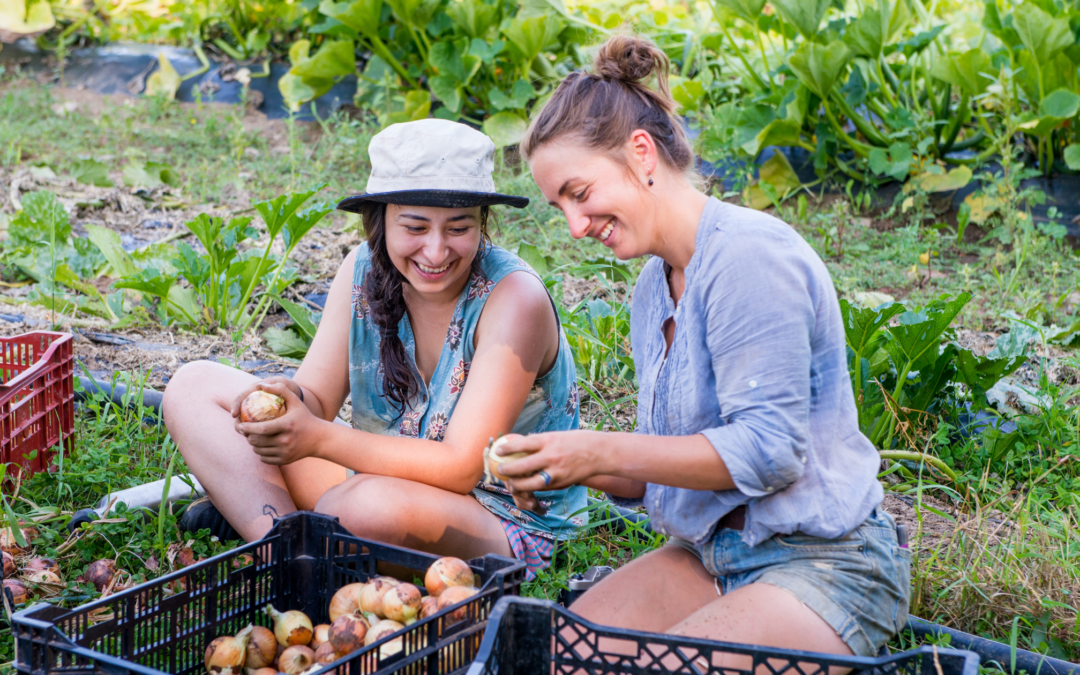“The best food in the world starts in the garden and ends on your plate, perhaps after a comfortable stop in a well stocked pantry or freezer; it never knows the back of a truck or the inside of a factory, and it holds no chemical or genetic secrets” -Barbara Pleasant, Homegrown Pantry (book link)
“Each food items in a typical U.S. meal has traveled an average of 1,500 miles….If every U.S. citizen ate just one meal a week (any meal) composed of locally and organically raised meats and produce we would reduce our country’s oil consumption by over 1.1 million barrels of oil every week.”
― Barbara Kingsolver, Animal, Vegetable, Miracle: A Year of Food Life (book link)
- Grow your own food. Start with what you have; windowsill with natural light for herbs or microgreens if space is limited, established flower beds that can be converted into food plots.
- Buy fewer processed foods. The more ingredients and packaging a food has, the more it has traveled in the food supply chain.
- Eat seasonally. Center your meals around ingredients that are in season for your climate. Eat more fresh fruits in the summer if that is when they grow in your area, enjoy more root vegetables in the fall, and cold hearty vegetables and indoor grown greens in the winter.
- Preserve food. To enjoy some off-season foods, freezing is the easiest method. Waterbath and pressure canning also preserve seasonal foods to enjoy year-round.
- Connect with local farmers and gardeners in Farmish to buy local produce, meat, and honey, and more. Supporting local farmers is an investment in our local supply chain and ensures that our local producers have the resources to feed the community.

